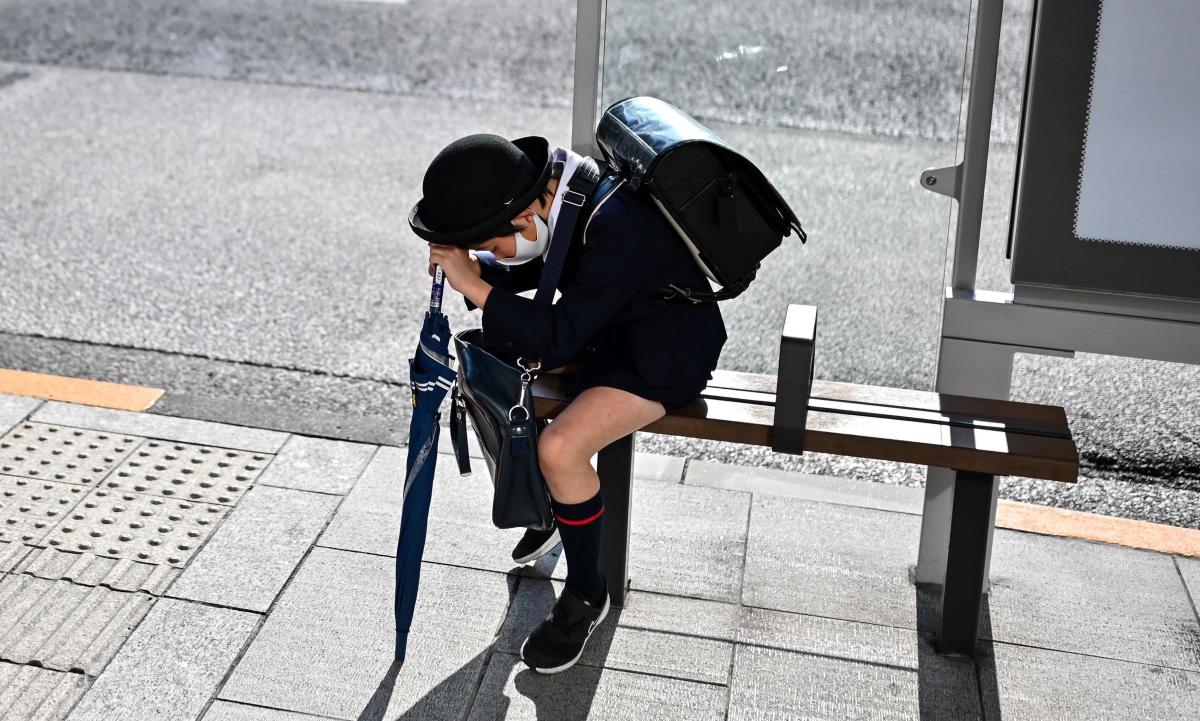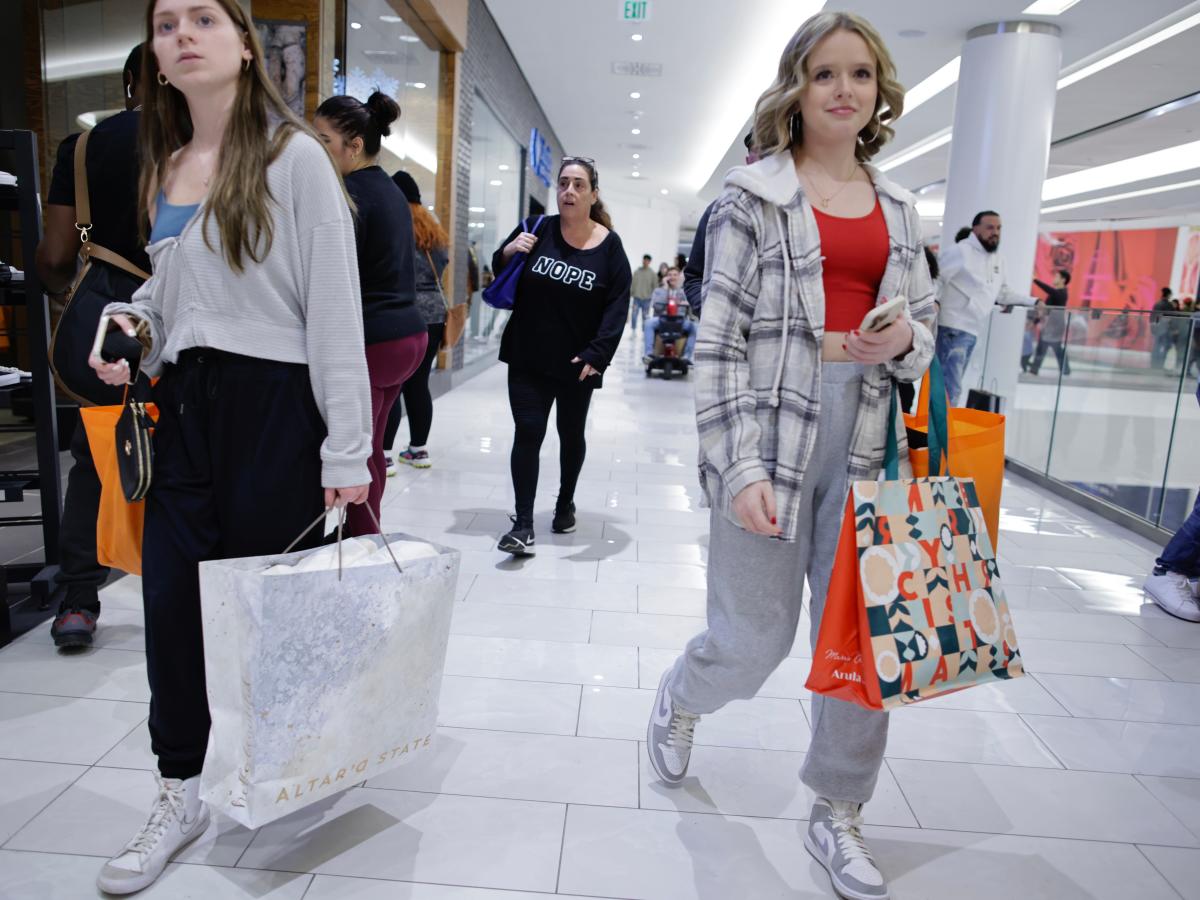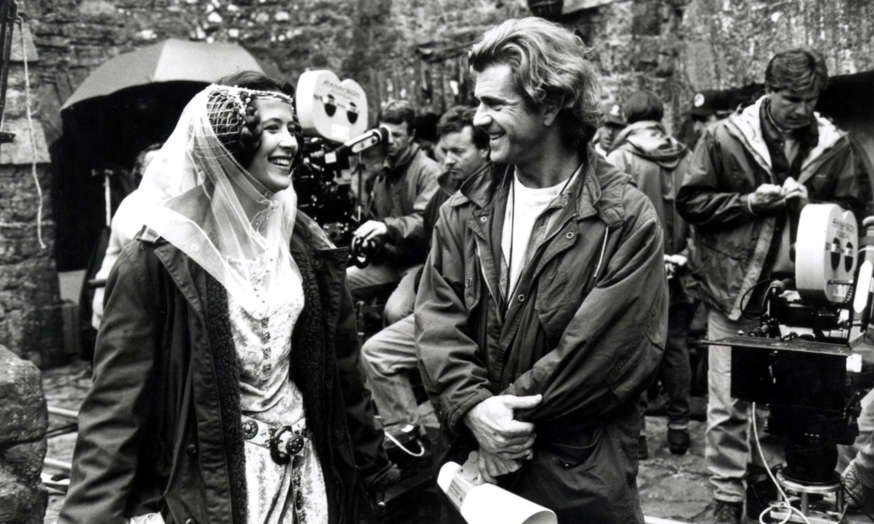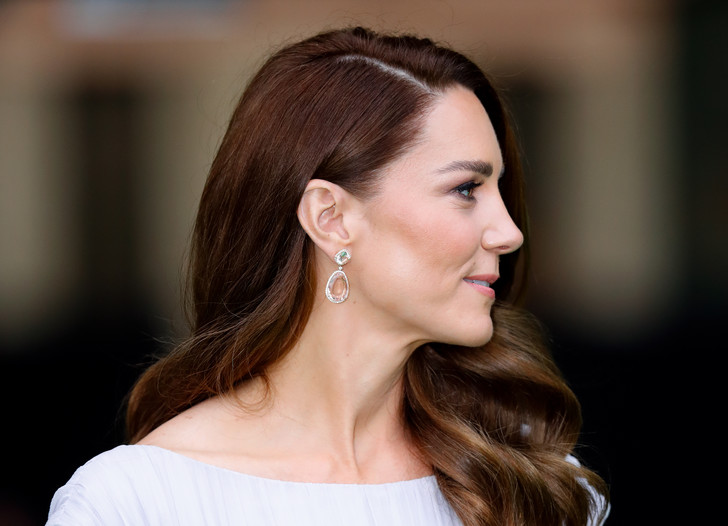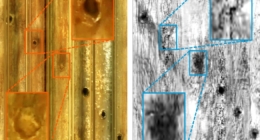Photo: Charly Triballeau/AFP/Getty Images
It’s a familiar sight every weekday morning and afternoon across Japan: children as young as six creaking under the strain of a leather backpack stuffed with textbooks.
The Randoseru – a Japanese derivative of ransel, the obsolete Dutch word for backpack – is an integral part of primary education, a repository of everything a child needs to get through a school day.
But now the children are speaking up, complaining that their backpacks are so heavy they are suffering from back and shoulder pain.
More than 90% of kids ages 6 to 12 who use Randoseru say weight is an issue, according to a recent survey by Footmark, a Tokyo-based manufacturer of swimwear for school kids.
Related: Activists criticize Japanese company selling whale meat from vending machines
In a report on the survey of 1,200 parents and their first, second and third grade children, Yomiuri Shimbun said that 93% of the students felt their bags were too heavy – an opinion shared by 90% of the parents.
The bags, originally introduced to encourage children to walk to and from school, are intended to accompany students through the first six years of compulsory education.
But their durability and roomy proportions come at a price.
According to Yomiuri, the average weight of a randoseru filled with books and other paraphernalia is 4.28 kg, up from 3.97 kg in 2022. Some children struggle with backpacks weighing more than 10 kg, the newspaper added.
Almost one in four children who mentioned the weight problem complained of shoulder or back pain, while 65% of all respondents said they would happily swap their Randoseru for something lighter.
Parental complaints about the items have traditionally focused on their high price. They cost an average of 56,425 yen (£353/$425) in 2022, according to a survey by industry association Randoseru Kogyokai. The price has increased by nearly 20,000 yen over the past ten years.
See also: Wave of ‘sushi terrorism’ sweeps Japan’s restaurant world
Originally used by Japanese foot soldiers, randoseru were first used by school children in the late 18th century. Today’s versions, made from a combination of soft and hard leather, come in a range of colors, although red remains the most popular among girls, while black is the norm among boys.
Some local education authorities have tackled the weight problem by allowing children to leave their textbooks in their classrooms overnight – particularly during the wet summer months – despite fears it would discourage them from doing their homework.
In 2022, the city of Tateyama asked an outdoor clothing manufacturer to develop a lighter backpack after the mayor expressed concern about the rising cost of traditional randoseru. They will be distributed free of charge to local children just in time for the start of the school year in April this year, Asahi Shimbun reported.
Don’t miss interesting posts on Famousbio

